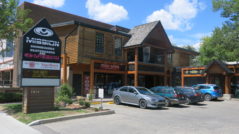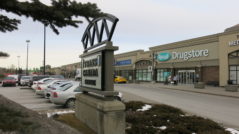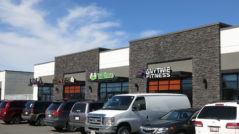When choosing the right commercial property, there are 3 key metrics that should be taken into consideration. These metrics are somewhat different from how value is placed on stocks, bonds, and other equities. This is because the commercial real estate market isn’t directly affected by fluctuations in the stock market and can be viewed as a more stable long-term investment.
Net Operating Income (NOI)
Net operating income is based on 2 main factors:
-
The property’s projected operating income
The property’s projected operating expenses (including property taxes)
The NOI is calculated by subtracting the expenses from the income. It is then possible to properly evaluate the market value during the projected time of ownership. When calculating for future years, the projections should be realistic and take into account expected vacancy costs.
It should be noted that this is calculated as earnings before state taxes and interest.
Capitalization Rate (Cap Rate)
The cap rate is based on 2 factors:
-
The Net Operating Income
The value of the property
The ratio of property value to the NOI is calculated to project annual net operating income.
This can be useful to quickly determine what a property is worth and takes into account most expenses and vacancy costs. The disadvantage is that it is only good for the first year of ownership.
Cash-on-Cash
This calculates the ratio of annual pre-tax cash flow to the sum of the cash invested. This is an important metric to calculate the financing expenses. It can also be used to see if a property is being sold for less than the market value, therefore, is a good indicator of equity.
This is a key metric to understand if the commercial property will be a good long-term investment.
Investment in commercial real estate requires much planning and evaluation to guarantee success. The more accurate and realistic that these 3 basic commercial real estate metrics are taken into consideration, then the better chance of the investment paying off.












